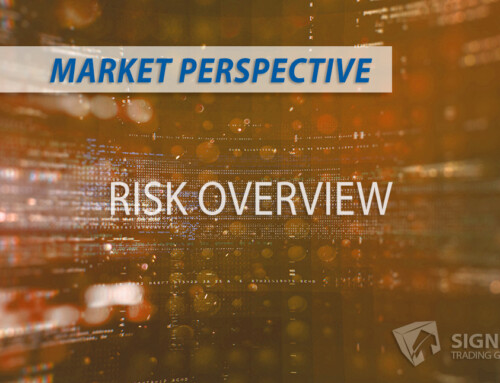In a recent blog post, I discussed the Flash Crash of 2010 and briefly touched on Spoofing. However, after receiving interest from a client, I realized that a more in-depth exploration of Spoofing was necessary. Therefore, this blog post will provide a thorough explanation of Spoofing.
Spoofing Techniques for Trading Future Markets
Spoofing is a manipulative trading practice that has plagued the financial markets for years. It involves traders submitting fake orders to create the illusion of demand, only to cancel them before they are executed. This fraudulent activity leads to artificial price movements, resulting in large-scale disruptions and significant losses for investors and traders. In this blog post, we will explore the ins and outs of spoofing, how it impacts future markets explicitly, and the preventative measures that can be taken to minimize its harmful effects.
What is Spoofing?
Spoofing is a deceitful trading practice whereby a trader enters multiple orders for an asset without the real intention to execute them. The ultimate goal is to create an artificial demand that can influence other traders to buy or sell the investment, depending on the original trader’s intention. By creating an illusion of supply or demand, the spoofer can move the market price up or down and profit from the resulting fluctuations.
The Impact of Spoofing on Future Markets
Spoofing can significantly impact future markets, including commodities, currencies, and financial products. These deceptive practices can create artificial price movements and distort the markets, making it challenging for legitimate traders to assess supply and demand levels accurately. This disruption in trading can lead to significant losses and undermine the market’s integrity.
How Spoofing Works: Tools & Techniques
Spoofers use various tools and techniques to manipulate the markets effectively. Some of the most common methods include:
- Layering: This technique involves placing multiple orders at different price levels on the same side of the order book (either buy or sell), creating the illusion of significant buying or selling pressure.
- Quote stuffing: A high-frequency trading strategy where a trader rapidly submits and cancels large numbers of orders within milliseconds to create market confusion, inducing others to trade based on false price signals.
- Wash trading: A spoofer simultaneously buys and sells the same asset to create the illusion of heightened trading volume, convincing other traders that there is a trend in the market.
Detecting Spoofing
Regulators and exchanges use sophisticated technology to monitor and analyze trading data, looking for patterns indicative of spoofing. These patterns could include a high rate of canceled orders and unusual trading volume spikes. Additionally, machine learning algorithms and artificial intelligence are increasingly used to analyze data and detect manipulative trading practices.
Notable Spoofing Incidents
One of the most famous examples of spoofing occurred during the 2010 Flash Crash. The incident was partly attributed to a UK trader named Navinder Singh Sarao, who used an automated trading strategy involving spoofing and layering to manipulate the E-mini S&P 500 futures market. As a result, the Dow Jones Industrial Average plunged nearly 1000 points in mere minutes, shaking investor confidence and causing widespread panic.
Preventative Measures & Recommendations
To minimize the practice of spoofing, institutions, regulators, and traders should work together to implement the following measures:
- Stricter regulations: Authorities should enforce more stringent rules and penalties against spoofers, deterring potential manipulators from engaging in this activity.
- Enhanced surveillance: Regulators should invest in more advanced surveillance technology to detect and monitor trading activities in real time.
- Education: Traders should educate themselves about spoofing and become familiar with the tools and techniques used by manipulators.
- Increased transparency: Market participants should push for greater transparency to reduce market distortions caused by deceptive practices.
Spoofing is an unethical form of market manipulation that can seriously affect traders, markets, and investors. By increasing regulations, surveillance, education, and transparency, we can help to reduce the prevalence of spoofing and restore faith in the fairness and integrity of markets. However, it is ultimately up to individual traders to remain vigilant against deceptive practices such as spoofing while being aware of legitimate trading opportunities.






